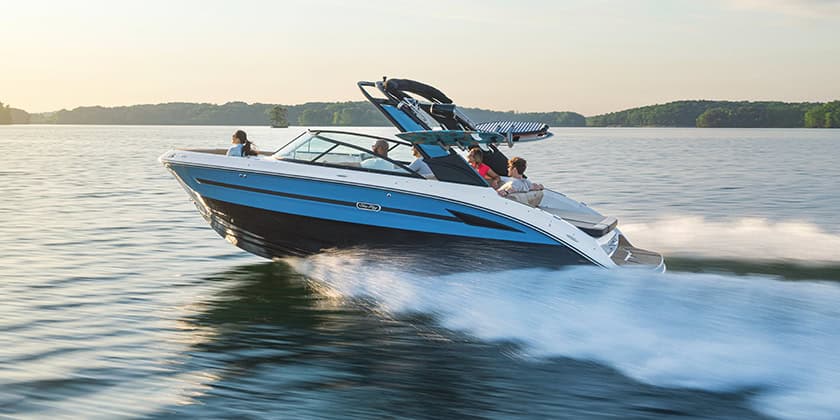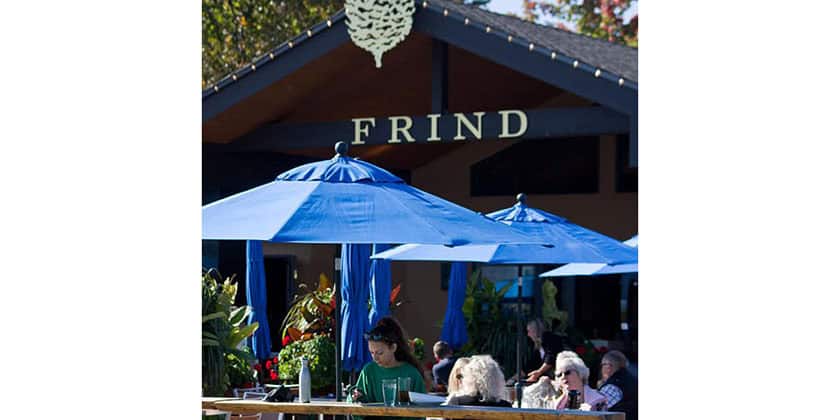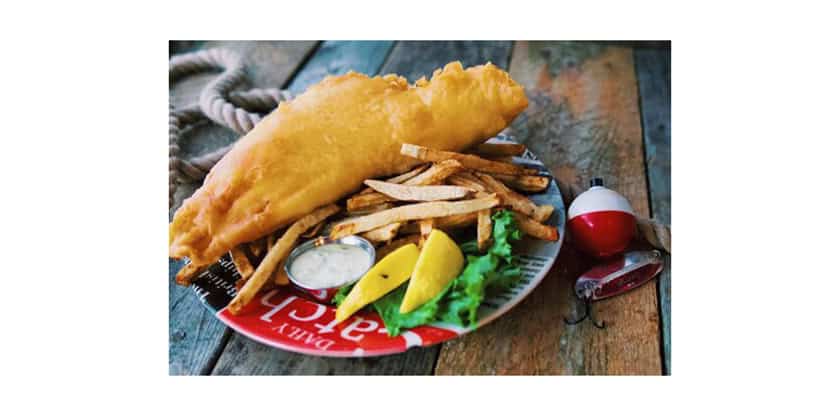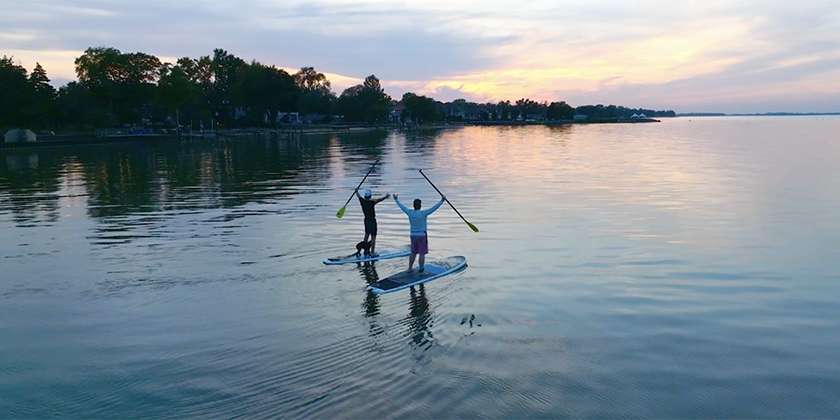Nonsuch 30
By John Turnbull
A single handlers yacht.
When Dave Harris of Burn and Ellis Yachts Ltd. asked me to come out for a sail on their Nonsuch 30, I was a little dismayed to hear that I would be measuring up the cat-rigged cruiser’s performance in company with at least eight other interested sailors. I enjoy company on a boat but the prospect of maneuvering a 30-footer with nine people aboard was not inviting even if I did get a turn at the wheel.
But I was still keeping an eye out for late comers when I learned everyone was aboard and ready to go. A quick head-count showed nine but we could have taken another two or three without being crowded. As we motored out I learned this was one of the four original Nonsuch 30s delivered to members of the Royal Canadian Yacht Club where the plan was first conceived. The idea was simple enough: a large, in fact voluminous 30-footer with a modern shape underwater and a traditional style above the water line, powered by the beautifully simple wishbone-cat rig. This was to be a boat sailed by one person 54 Canadian Yachting who had no desire to leave the comfort of the cockpit. Mark Ellis was asked to execute the design and he seems to have translated the concept into a boat that’s very close to the ideal.
Once the sail was up and drawing through Toronto Harbour I was able to appreciate how simple the rig is. All of us were accustomed to grinding winches and coiling lines but sat around with nothing to do. Several minutes passed before we got used to the idea that we weren’t necessary crew. Even the customary “ready about” fell out of use since there wasn’t even the chance of being beaned by the boom as the boat tacked. In the last century, fishermen filled their catboats with nets and fish and weren’t anxious to share the haul with a crew. The same reasoning has relevance aboard a yacht. The owner can sail in a comfortable cabin with large galley and double berth with nothing more to do than steer and pull the mainsheet. In fact, sailing the Nonsuch 30 is possibly a little tame.
I got my turn at the wheel as we approached another sloop of similar length. Nonsuch 30 enthusiasts will tell you that it will sail along upwind with sloops-even larger ones -but comparisons are particularly odious when you don’t know who’s sailing the other boat. So disregard the fact that we did sneak past, after a few concentrated minutes; I was able to trim the boat up and sail as if I were racing, even with nine people aboard. It took two hands, one to steer and one for the mainsheet. I pointed, tacked, laid off and jibed without once asking for help. It was just like handling a Laser except that I didn’t have to worry about a centreboard.
Naturally it felt like a 30-foot boat and a big one at that. There was no question that I was dealing with 10,500 lbs. even if they were well balanced, and the size of the rig was evident by the amount of rope in the cockpit. With a three-part purchase you have to find some way of dealing with about 100 ft of braid.
Square downwind in a light breeze, there’s no question the Nonsuch is fairly boring. The mainsheet drags in the water and the sail doesn’t set well. It has been suggested that a blooper be set, but I think the addition of an extra halyard and blocks runs against the whole spirit of the design and I would be inclined to put up with the downwind pace in favour of simplicity and easy handling on every other point of sail.
The choice of a wishbone over a conventional boom is puzzling for some who have enough trouble getting used to the idea of going jibless. But it makes good structural sense. The vang that would be required to put downward tension on a conventional sail would add cost, complexity and clutter with no substantial advantage-not even weight-saving; the wishbone weighs only 90 lbs. That control of downward tension is important, not only to shape the sail for speed and pointing but to be safe. Allowing the leech to move forward while running with a sea would produce the side-to-side rolling that modern racing boats are famous for. However, the hull of the Nonsuch is full through the stern sections with the diagonal lines fairly symmetrical, and with a long, square-toed keel and a large rudder, broaching tendencies should be minimized. With sail-shape control provided by the wishbone through the mainsheet, there should be no big problems in a following sea.
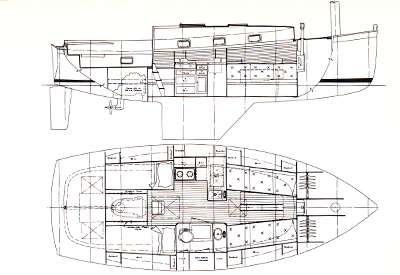 The wishbone has one more advantage: when the sail is dropped you unclear the halyard and forget it. Lazy-jacks, laced from the wishbone under the foot, form a basket that collects the sail whether it’s centred over the boat or not. That’s very handy for motor-less landings.
The wishbone has one more advantage: when the sail is dropped you unclear the halyard and forget it. Lazy-jacks, laced from the wishbone under the foot, form a basket that collects the sail whether it’s centred over the boat or not. That’s very handy for motor-less landings.
Since no one has to work on deck it’s not a serious problem, but the Nonsuch foredeck takes some getting used to. Naturally it’s small, about two feet by three, and while there is a vast expanse of cabin-top to walk on, the lack of shrouds to hold onto makes crossing the deck seem precarious at first.
The rig is “unstayed”. Of course there’ s something holding it up: In the forepeak are two molded-in box structures which take compressive forces from the lower few feet of the spar and transmit them to the hull. Stainless-steel wire is pretty weight efficient stuff in tension, so I’m sure there’s an overall weight gain from the buttress structure. The weight centre is lower but it’s also further forward. Obviously the rig is appropriate because weight distribution is not a problem on this boat and simplicity is the over-riding consideration. But the tension-stayed mast has not suddenly become obsolete.
There’s one last comment to make about this unusual rig before we get to the interior. After studying photographs of the Freedom 40 with its sleeve-sail, some of our crew were surprised that the Nonsuch sail fits on the mast with a conventional luff track. Flow would be slightly improved with a sleeve, but there’s no indication that the boat needs it; upwind sailing is typically 40° off the true wind and there’s no lack of power. Lowering a sleeved sail can be difficult and I would guess that there is more wear, not only due to abrasion on the inside of the sleeve but to crumpling. Sleeving the sail also requires a special arrangement for the attachment point of the wishbone. The luff track is the sensible approach.
The mast itself is one-piece tapered aluminum that shares a family resemblance to a street-light standard and does an admirable job at only 350 lbs.
There’s nothing quite like a coal furnace with cherry tiles to warm up the interior of a yacht. It isn’t standard and not all Nonsuches have one, but I think I would order one.
There interior layout makes the best use of it, too. A dining table that’s large by any standards is at the forward end of the cabin and is flanked by settee berths. Since there’s nothing further forward, a crew of six could collect at this table and not get in anyones way.
The head is on the starboard side and has enough space for a wet locker. What really makes it unusual, though, is a neat gas-water heater that sits on the wall at shoulder height. This piece of equipment almost makes you look forward to saving and washing last nights’ dishes.
Aft of the galley, which has a large icebox or 12V refrigerator and a two burner stove, there’s enough width for a double berth on one side and a single on the other. The original Nonsuch has two singles with storage bins, but with the doubles berth the boat can accommodate five. Another modification to the original interior plan is the addition of a moveable partition to separate the forward part of the cabin to provide privacy for two couples. This is achieved with a panel that pulls upwards and fits against the deck head and a folding door that pulls across the cabin. The door folds out of the way against the forward, inboard corner of the head compartment.
Most owners will use the dining table for navigation; but a fold down navigation table can be built onto the back of the head compartment and used at standing height. There’s plenty of room for radio and instruments on the starboard side of the quarter berth.
The Nonsuch is powered by a 23-hp Volvo MD 11-c diesel with Sail Drive. This is a clean installation underwater, the prop being well forward of the rudder and clear of the keel. A 23-hp is on the generous side for a 10,500 lb boat.
Eleven Nonsuches have been launched from Hinterhoeller Yachts Ltd. so far and the production plant was recently modified to meet higher demand. Most of the 27 boats on order are for Lake Ontario with the lions share going to Island Yacht Club and Royal Canadian Yacht Club. We shouldn’t be surprised to see one or two Nonsuch 30’s in this year CYRA offshore series. The number of crew who will be put out of work if the Nonsuch racing catches on can look forward to a smaller version of the cat-rigger cruiser now being drawn by Mark Ellis. This unusual combination of historical lines and modern performance has apparent appeal, so there should be strong demand for a boat with a price well below the $46,500 (1979 price) for the 30 footer.
Originally published in Canadian Yachting’s June 1979 issue.
Specifications:
LOA – 30 ft 4 in
DWL – 28 ft 9 in
Beam – 11 ft 10 in
Draft – 5 ft 0in
Displacement – 10,500 lbs
Engine – 23hp Volvo MD 11-c










